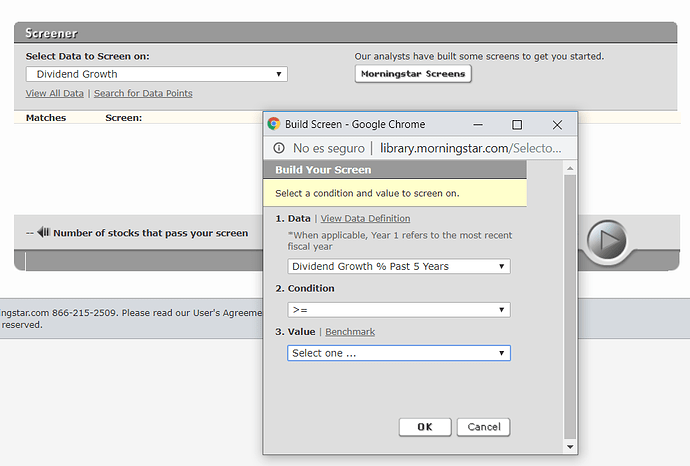Una de matemáticas.
Le preguntaron cómo calcular los objetivos para una cartera DGI: (Del sueldo, ni hablamos)
"I am going to stick my neck out and let everyone knows that I suck at math words problems (throw me tomatoes is ok too), and I need help understand with what you are saying. I understand the incomes objective now, but I am not clear how you are using this formula and maybe this will also help young folks to understand more.
So let’s say my income right now is $190K-$200K. I am making more in 3 to 5 years and I think my salary would cap at around $300K. I want to retire in 20 years with the $200K annual income. My 401K portfolio is currently at $300K. Possible to get there? What types of yield growth % number I need to look at? Only divs stocks? Growth stocks too? Need that crystal clear picture and right now it is just all over the place"
Su respuesta:
"You give your current portfolio as $300k and your target as $200k annual income in 20 years. One is talking portfolio value, the other is talking annual income, so I will translate the latter into “like terms” by assuming a 4% yield. Your target portfolio in 20 years is thus $5M.
Now there are many ways to get to $5M, involving different levels of savings and different growth rates. The simplest way is to use the Excel spreadsheet calculation FV (stands for "future value):
=FV(RATE, PERIODS, SAVINGS, PRESENT-VALUE)
Let’s plug in 20 years and $300k as givens:
=FV(RATE, 20, SAVINGS, 300)
The RATE in this case would be the total return on the portfolio. If you were using this calculation to project income, it would be the income growth rate including reinvestment of dividends. For a default I will use 10%, even though I feel that may be on the high side.
The SAVINGS in this case would be the annual contributions to the 401k. If you were using this calculation to project income, it would be the new dividends purchased with those contributions. For starters I will use $50k/year.
Thus: =FV(0.10, 20, 50, 300) comes to a future value of $4882k or $4.9M. That isn’t quite your $5M target, but it is close enough. (Remember that the error bars on these future projections are LARGE.) So there’s a plan for you. Save an additional $50k per year in your 401k and grow the money at 10% annually for 20 years, and you will hit your target.
The problem is that there isn’t much we can do to control the total return on the portfolio. It will be whatever the market chooses to deliver, and if we try to make moves to juice the returns, it is very likely that we will end up destroying them entirely. So let’s assume a more moderate 8% rate of return?
=FV(0.08, 20, 50, 300) = $3.7M, only 3/4 of your goal…
=FV(0.08, 20, 80, 300) = $5.1M, meeting your goal…
Thus if the market delivers steady 8% returns over the next 20 years, you need to save $80k/year of new money to achieve your target. I’m not sure how much you are allowed to put into the 401k, so some of this might need to be in a taxable account.
High quality DGI stocks are some of the best and most certain long-term performers in the market. It is very hard to beat the long-term returns of dividend aristocrats, and most people who try are going to end up losing money by their attempts to trade. I believe you should be looking at growth rates in addition to current yield, as a 20 year time frame is decently long, but you will likely be happiest if you focus on the portfolio income – and it doesn’t make a difference to my recommendations.
Some questions for you to consider…
(1) Can you achieve that $80k/year new savings within five years? An accelerated savings plan is your best and most certain bet to achieve high targets.
(2) Can you achieve and sustain $50k/year new savings? I believe you have a decent chance of achieving your goals with that, if the markets cooperate. Your best bet of making your target with this reduced savings rate would be a major bear market and slow price recovery, a long period of lower valuations. Most of your future portfolio has yet to be saved and invested, so lower prices today are GOOD for your purposes.
(3) If your savings rate falls short of that $50k figure, or the market returns fall short of the 10% default assumption, where would you compromise? Would you delay retirement a few more years? Accept a $150k retirement income instead of the $200k target? You want to have a “Plan B” in place ahead of time rather than trying to figure one out in the middle of a market crash."
